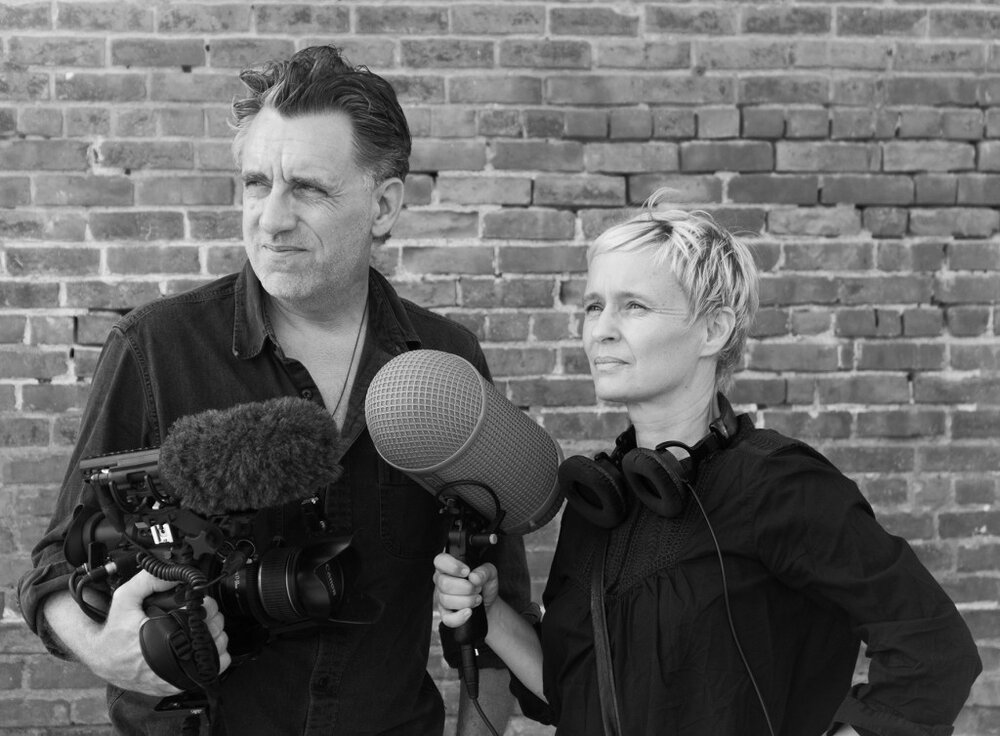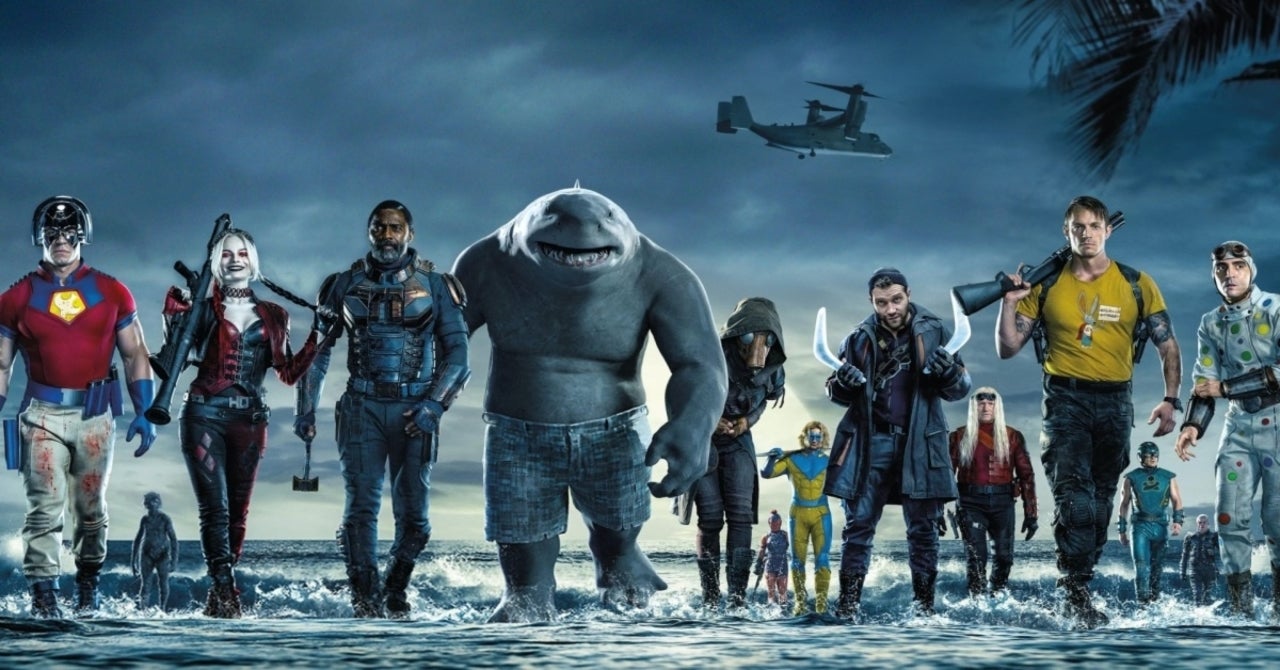Habit
by Hope Madden
Bella Thorne is the best thing about writer/director Janell Shirtcliff’s zany thriller Habit. When is that ever a good sign?
Thorne plays Mads, a Jesus-loving Texan transplanted to Hollywood’s underbelly to be with her two hometown besties Evie (co-writer Libby Mintz) and Addy (Andreja Pejic). Mads really loves Jesus. Like in an entirely unwholesome way.
But that’s the least of her problems after Evie’s one night stand makes off with all the drugs and money the girls are holding for Eric (Gavin Rossdale).
This movie tries so hard to be Tarantino by way of John Waters and it fails so absolutely that it gets credit for commitment. What it lacks is inspiration—Shirtcliff’s odyssey requires that we be shocked by Mads’s behavior, surprised by the stilted lunacy of her pursuers, and weirdly drawn into her unseemly world.
The fact that none of it feels especially wild, or that the pursuers lack originality and panache, takes a backseat to the film’s lacking cinematic quality. Individual scenes have no structure – they drag, most of them missing purpose, punchline or punch.
Nothing feels especially taboo, and that’s a problem because without any real “wild” in these antics, you find yourself paying attention to the writing or, worse still, the acting. Rossdale has a tough time developing a character, partly because there’s no telling whether to like or dislike Eric.
Shirtcliff and Mintz have no idea what to do with the real villains, Queenie (Josie Ho) and Tuff (Jamie Hince). The filmmakers dress them up like something out of Pee-wee’s Playhouse, but their villainy is sloppy and suspect.
Habit plays like a film made by people who really liked David Lynch’s Wild at Heart, Tony Scott’s True Romance, and everything John Waters ever made, but had no real idea what they liked about it. The result is a mishmash of borrowed ideas, none of them interesting enough to merit the label subversive.













